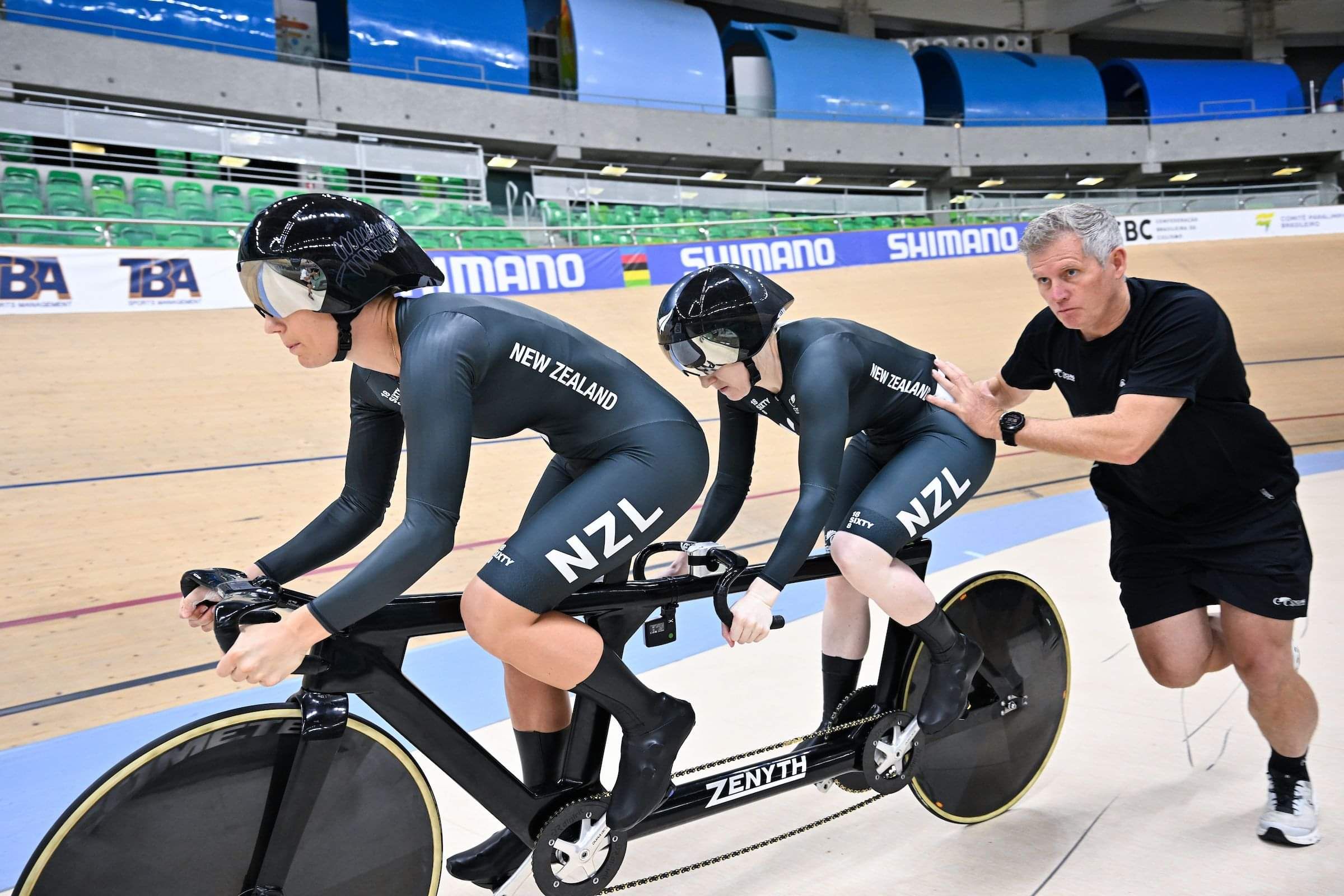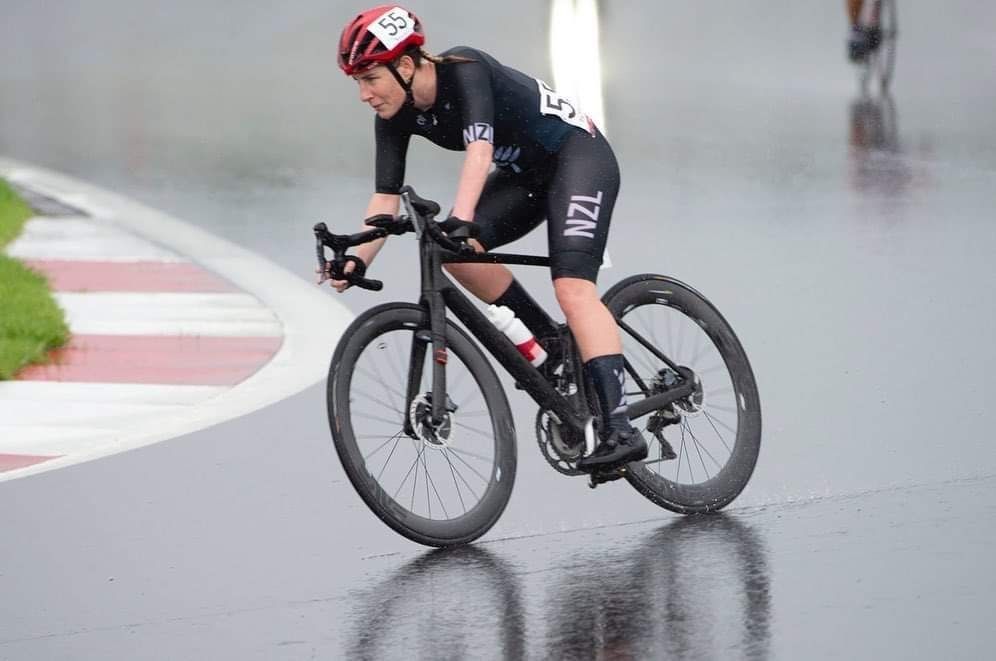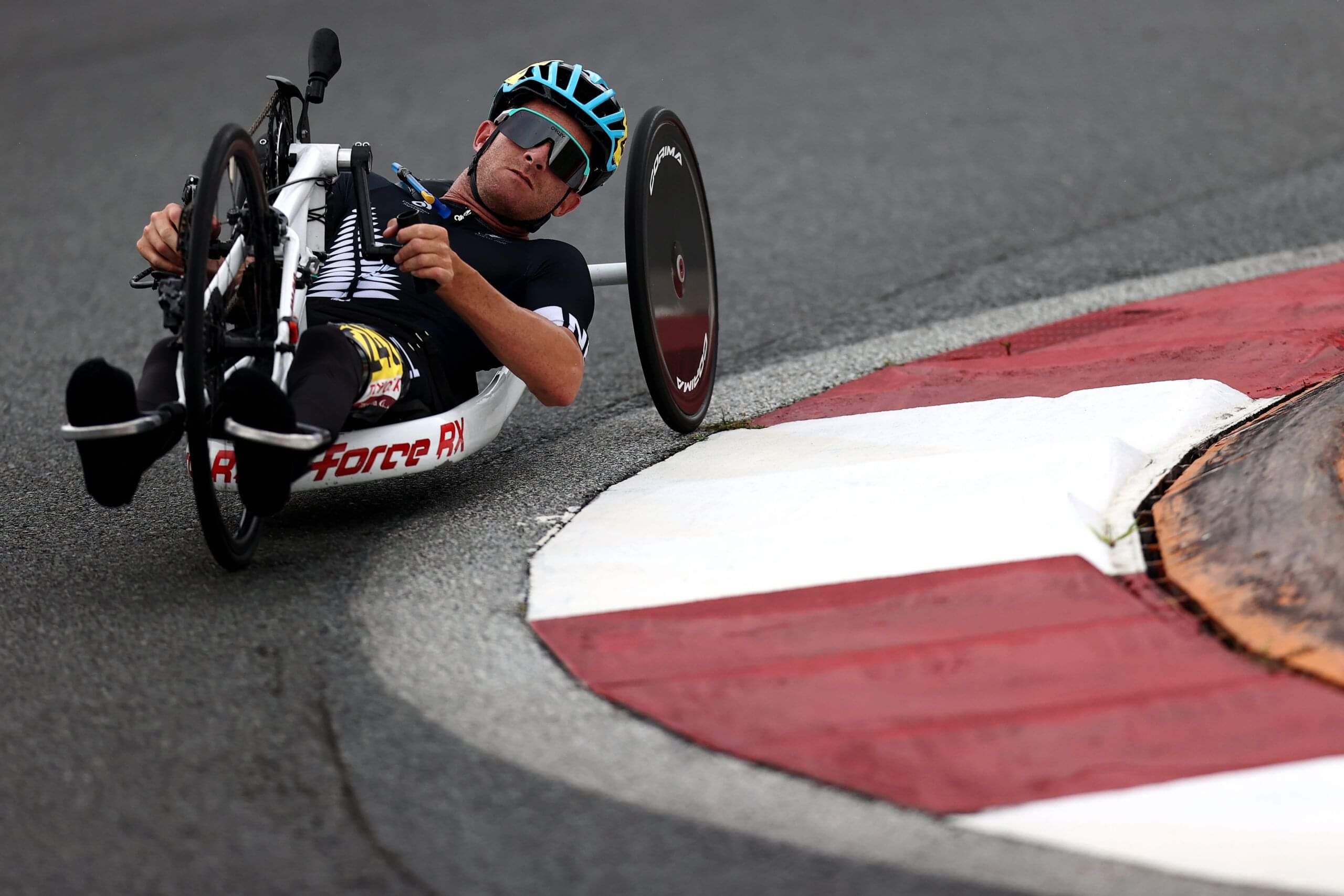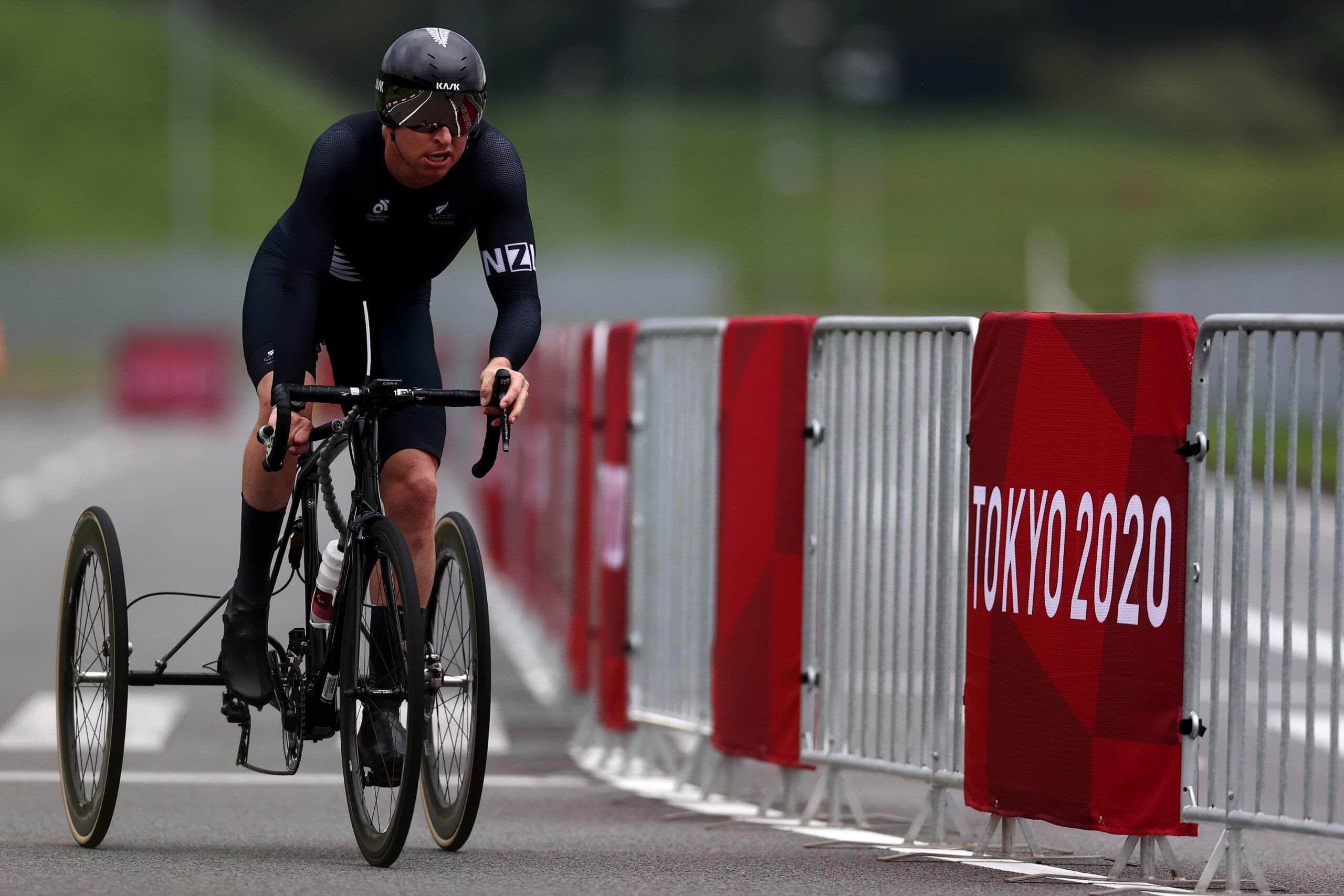Para Cycling Categories
Para cycling provides fair and competitive racing opportunities for athletes with a range of physical or visual impairments. Riders are grouped into categories based on how their impairment affects cycling performance, ensuring that competition is determined by ability, not disability.

Tandem (B Class)
Who it’s for: Athletes with a visual impairment.
How it works: The athlete (called the stoker) rides on the back of a tandem bike with a sighted pilot at the front who steers, brakes, and shifts gears.
Events include: Road races, time trials, and track events.
For a full guide to the tandem, click here
Bicycle (C1–C5)
Who it’s for: Athletes with mild to moderate coordination or limb impairments who can safely ride a standard two-wheeled bike.
Classes:
C1: More significant impairment.
C5: Minimal impairment.
Events include: Road and track races such as the Individual Pursuit, Time Trial, and Scratch Race.


Handcycle (H1–H5)
Who it’s for: Athletes with lower-limb impairments or limited trunk function.
How it works: Riders use a three-wheeled hand-powered cycle, competing in seated or reclined positions depending on their classification.
Classes range from:
H1–H2: Higher levels of impairment, using a reclined handcycle.
H3–H5: More trunk or arm function, using a kneeling or seated handcycle.
Events include: Road time trials, road races, and relay events.
Tricycle (T1–T2)
Who it’s for: Athletes who have balance or coordination impairments that make riding a two-wheeled bike unsafe.
How it works: Trikes provide extra stability with three wheels, allowing athletes to race confidently.
Classes:
T1: Greater coordination challenges.
T2: Lesser degree of impairment.
Events include: Road time trials and road races.
